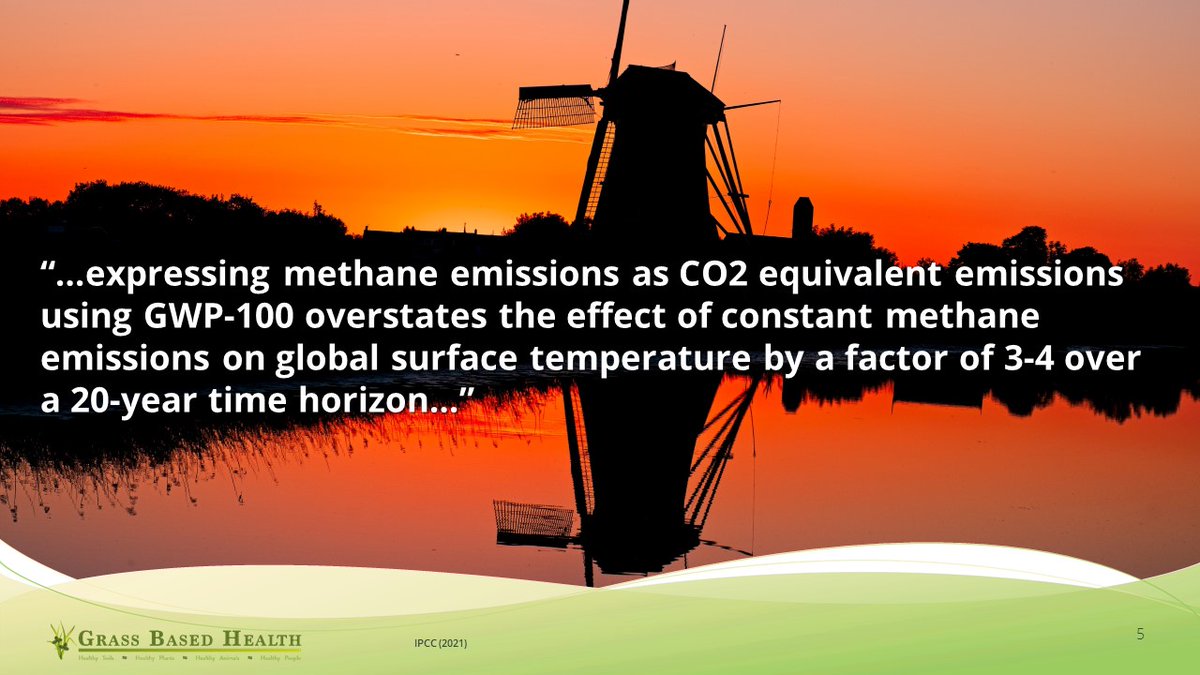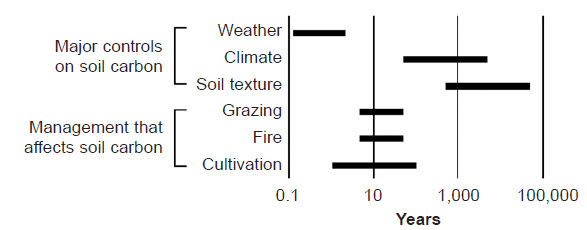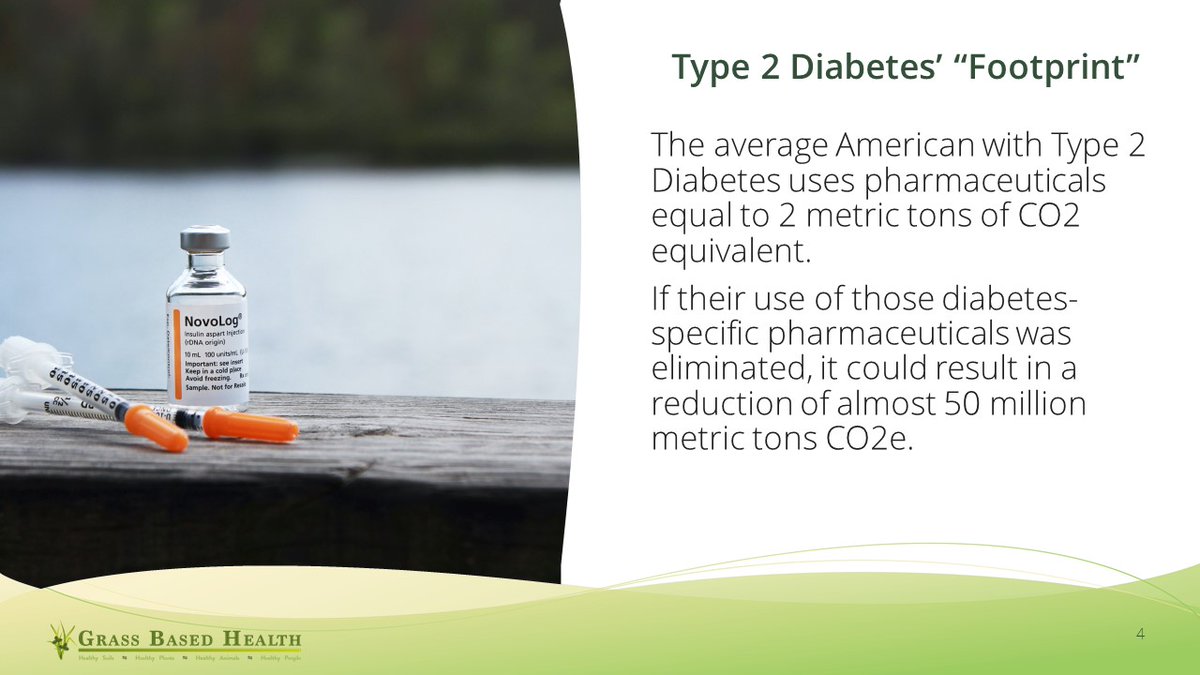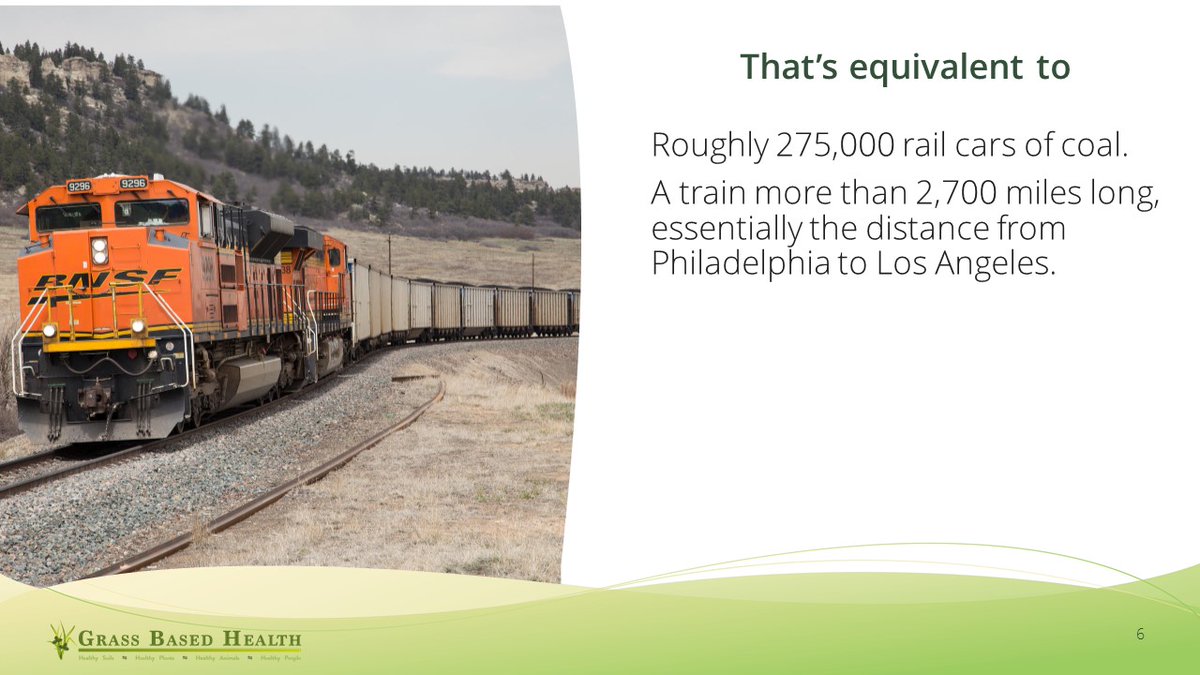
Might be time to question your proposed solutions... ? Why getting the thinking of the High-Income Country's nutrition establishment sorted out on metabolic health and non-communicable diseases matters to the 85% of humanity living in Low- & Middle-Income countries. 

Previous graphic from globalnutritionreport.org/reports/2021-g…
Read it to understand their mindset & world view.
How can the knowledge of human nutrition and metabolic health be incorporated into the global efforts? Imagine the possible impacts...
Read it to understand their mindset & world view.
How can the knowledge of human nutrition and metabolic health be incorporated into the global efforts? Imagine the possible impacts...
Following graphics from document cited previously.
Various authorities cite a lack of animal source foods as causal in these conditions.
Various authorities cite a lack of animal source foods as causal in these conditions.

Shown previously, but included for continuity.
It's here that the "conventional wisdom" (received from Nutritional Epidemiology of Chronic Disease (NECD)) begins to manifest itself. Is #obesity the cause or symptom (maker or marker) of these & other metabolic disorders/diseases?
It's here that the "conventional wisdom" (received from Nutritional Epidemiology of Chronic Disease (NECD)) begins to manifest itself. Is #obesity the cause or symptom (maker or marker) of these & other metabolic disorders/diseases?

• • •
Missing some Tweet in this thread? You can try to
force a refresh






















